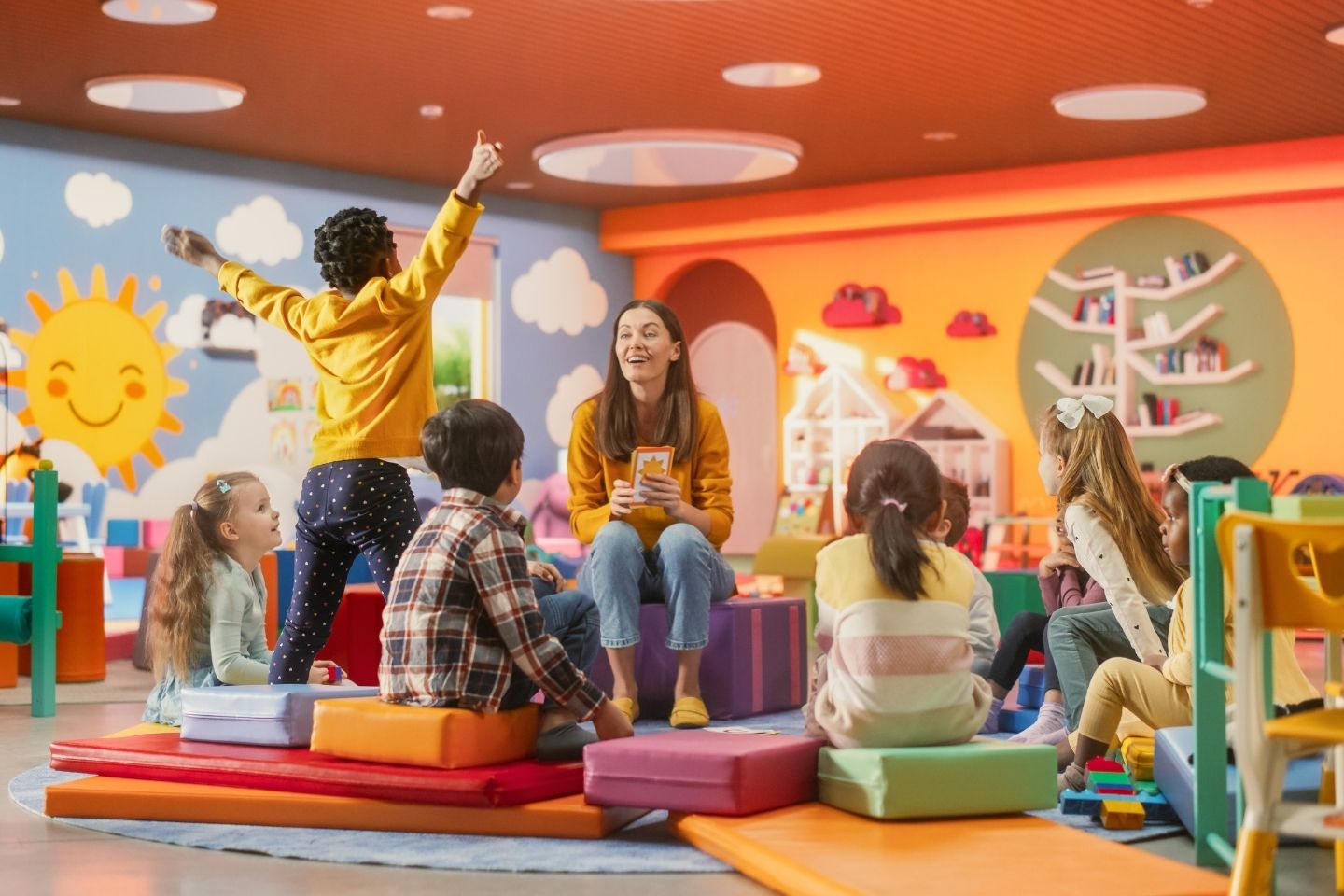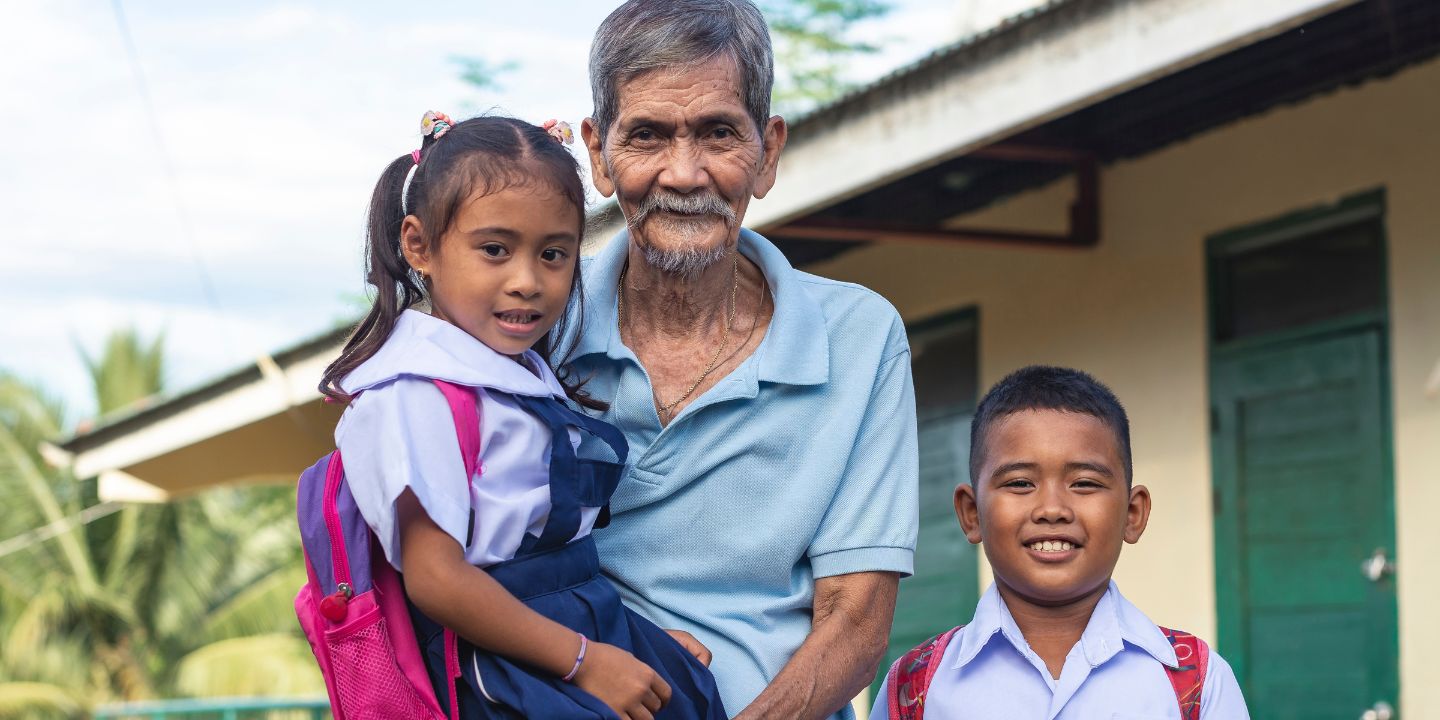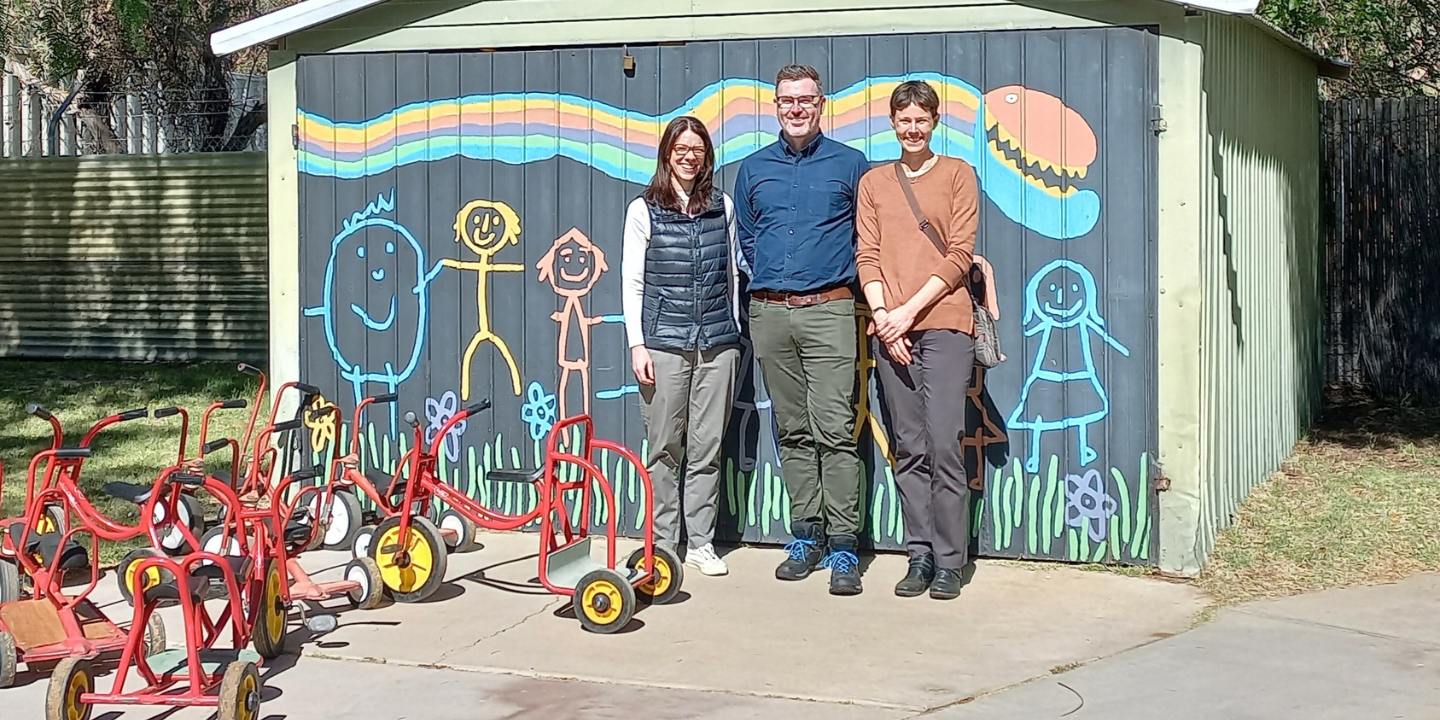
Strengthening early learning to move on from year 4
Research 2 Sep 2025 10 minute readOur latest analysis of a global student assessment shows a link between the literacy and numeracy skills children begin school with and achievement at year 4. We look at global research to see what is having an influence on learning progress in the critical years in between.
Educational researchers often describe year 4 as a make-or-break transition point in children’s education.
It is the year when children begin drawing on skills developed during the previous years to understand new concepts that will shape the learning to follow. In literacy, children progress from learning to read, to reading to learn.
A recent report by the Australian Council of Educational Research (ACER) suggests that in schools where around 75% of students begin their first year with basic literacy and numeracy skills, those in year 4 achieve much higher in maths and science than those in schools where less than 25% begin with these skills.
The finding comes from analysis of Australian data and questionnaire responses from the latest Trends in International Mathematics and Science Study (TIMSS).
Lead author Nicole Wernert says the finding shows us a link between foundational skills before starting school and achievement in middle primary school, but not the whole story.
Learning at different rates, right from the start

Insight into what progress looks like across a cohort of early primary students can be found in the UNICEF Philippines Early Childhood Education Kindergarten to Grade 4 Longitudinal Study.
The aim of the study, supported by ACER, SEAMEO INNOTECH, the Australian Government and UNICEF, was to investigate the impact of including the kindergarten year as part of the Philippines K-12 Basic Education System.
It followed 4,500 students, reporting on data collected at the start and end of kindergarten, and at the end of each grade level.
Perhaps not surprisingly, the study found significant differences in literacy, maths and social-emotional skills between children from low, middle and high levels of socioeconomic backgrounds, and noted the negative impact on learning for those living in conflict zones.
Significantly the study also found that the benefits of attendance in early childhood education and care could be observed up to Grade 4.
And it identified that a gap between what was expected of students and what they could do, was most pronounced at Grade 3, when reading skills are usually consolidated.
To put that gap in perspective, researchers noted that a child’s reading skills at the end of grade 3 can ‘accurately predict’ the likelihood of graduating from high school.
This was because secondary school curricula was based on the premise that students are proficient readers, so those who aren’t proficient are likely to struggle, including in other subjects such as maths and science.
Perspectives on emergent skills
In TIMSS 2023 we see another gap – where boys outperformed girls in year 4 maths in 40 of the 58 participating countries. Australia and France showed the greatest gaps in favour of boys.
The OECD’s International Early Learning and Child Well-Being Study (IELS), led by ACER, brings an interesting perspective on gender and perception in its study of five-year-olds.
The latest IELS looked at almost 7000 children across England, Estonia and the United States, measuring emergent literacy and numeracy, self-regulation and social-emotional skills through teacher reporting and direct assessment.
Across the 3 countries, girls were found to have stronger emergent literacy and social emotional skills than boys. In numeracy, teachers reported that girls had higher levels of emergent skills, however direct assessment found that there was no gender difference.
The maths gender gap: when does it start?

A French longitudinal study of more than 2.6 million children conducted between 2018 and 2022 noted that boys and girls display a similar knowledge of number and space in infancy and at the start of school.
Adding to the maths gender gap story, the new study has identified that divergence occurs at around 4 months and deepens across the first 2 years of instruction.
The research finds the gap increased with schooling rather than age, varying only slightly across family, class or school type and levels of socioeconomic advantage.
Lead author Dr Pauline Martinot recently spoke to Teacher Magazine about the study.
‘The sudden and rapid emergence of gender gaps in math in favour of boys was totally surprising because it doesn't really make sense in a cognitive and evolutionary approach that this change happens so fast,’ she says.
‘Our best instinct and hypothesis’, Dr Martinot says, is that ‘because of all the fake information that boys and girls differ in mathematics – girls, by and by, they lose confidence.’
Throwing light on the question of peers as role models, the research found that where the top maths student in a class was a girl, generally other girls in the class were also performing well, compared to classes where the top student was a boy.
And while there is research on how the different ways parents play with young children may may influence the way girls approach maths, the French study suggests the home environment had a positive impact on girls during the pandemic.
During 2020 – when COVID-19 resulted in a period of homeschooling – girls performed at a higher level than in other years and the gender gap was smaller.
Science misconceptions in year 3

Children’s beliefs formed in early childhood can also influence learning.
Dr Kristy Osborne analysed the responses of 8,000 year 3 students to the International Benchmark Test (IBT) that ACER conducts regularly in 18 countries and found common misconceptions.
The research found misconceptions that were highly resistant to change and typically pervaded students views across countries and cultures.
They related to volume and mass of gases, mass in relation to size, and the earth-sun-moon system.
Dr Osborne says misconceptions can be established before the school years, based on a seeing-is-believing understanding of the world, everyday experiences and reasoning – making them difficult to shift.
Strongly held beliefs that are not grounded in scientific fact can be a barrier to achieving scientific literacy, she says.
To dislodge scientific misconceptions, Dr Osborne recommends applying a predict-observe-explain model ‘to highlight the inconsistency between reality and the tightly held alternative conception’.
Gathering evidence to meet the challenge
Organisations like the OECD, which has reported on the substantial differences in ECEC systems across countries, and the IEA which investigates early learning through its global assessments are contributing to what we know.
Significant collaborations, some involving ACER, are also occurring around the world. This one in the ASEAN region – where an estimated 18 million children and youth were reportedly still out of school following the pandemic – aims to improve foundational learning.
In Australia, TIMSS shows us that in 2023, just 6% of year 4 students were in schools where most children begin their first year with basic literacy and numeracy skills, compared to the international average of 24%.
The Australian Early Development Census (AEDC) which looks at teachers’ data on children in year 1, makes findings about their physical health and wellbeing, social competence, emotional maturity, language and cognitive skills (school based) and communication and general knowledge.
For 288,000 children in 2024, the AEDC found little more than half (52.9%) were on track on all 5 domains.
With growing understanding of the value of foundational learning, some countries have set ambitious but worthy targets. In India for example, where there are more than 250 million children at school, the National Education Policy 2020 aims to achieve universal foundational literacy and numeracy by grade 3 in 2026 –27.
As governments work toward improving early childhood outcomes, evidence of how learning systems and educators can help them achieve that will be critical.
Measuring to progress foundational learning

Dr Dan Cloney (centre) with Dr Jane Jarvis (left) and Dr Jen Jackson visiting Ida Stanley Preschool in Alice Springs Australia to speak with educators about the Preschool Outcomes Measure National Tool.
ACER’s Dr Dan Cloney is an expert in early childhood. His work with others includes Australian research finding a positive association between positive mental health and wellbeing at school entry and academic achievement at year 3, and findings that inconsistent interventions in children’s learning can prevent those who are behind, from catching up.
He is currently a Co-Director of the ACER team developing the Preschool Outcomes Measure National Tool for Australian governments under the Preschool Reform Agreement. The National Tool will focus on oral language and literacy, and executive function – two areas essential for ongoing learning.
Dr Cloney says children learn and develop rapidly in the early years and that gaps can emerge quickly when children miss out on good quality early learning. ‘When gaps emerge, they are harder to close as children grow older,’ he says.
To be effective and to close gaps we must intervene early – preferably before children start full time schooling – but certainly in the first 3 years of school.
‘An essential component to effectively supporting all children to learn is knowing where they are at in their learning so that teachers and educators can plan and work with children at the right level,’ Dr Cloney says.
‘When teachers and educators know what typically comes next in each child’s learning, they can assess if they have made good progress.’
